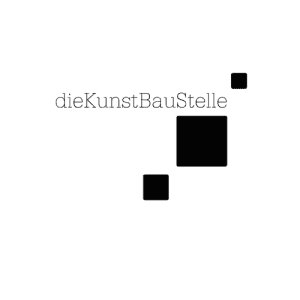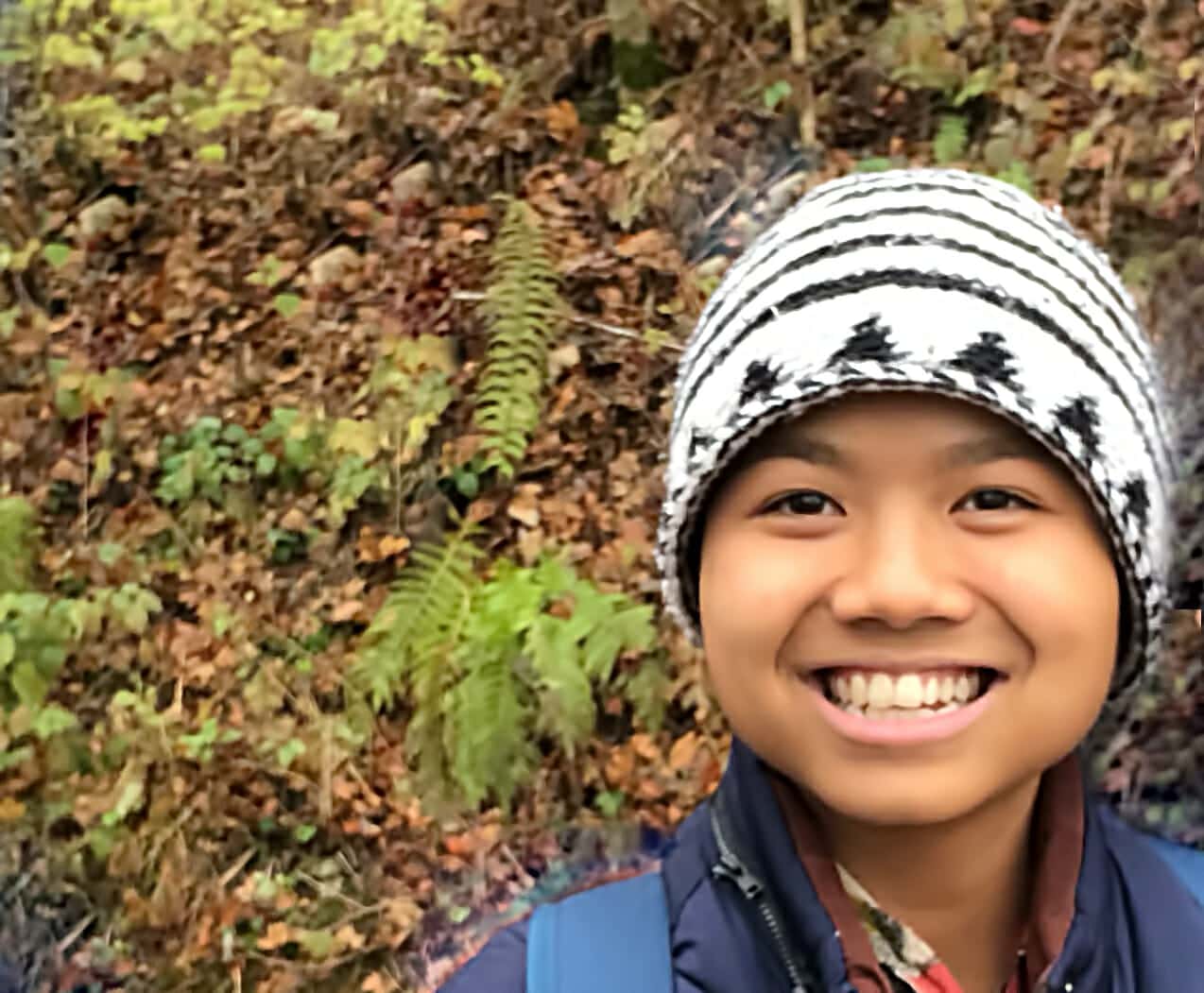But our two main actors mastered it perfectly. Expressive pictures were created in just a few attempts. The result is a comic on our first topic of food/nutrition that is very thought-provoking. It shows how quickly people make judgments based solely on their appearance. At the same time, however, it also makes it clear that with a little courage you can make new friends.
[:]
“We had a good team, a great idea and a lot of fun with our first story.” (Bader from Syria)
“It was nice to do something together with young Germans. I’ve always wanted to do that” (Adnan, Syria)
“It was great that we were all in a good mood. We laughed a lot and worked well together as a team.” (Marie, Germany)
“I really enjoyed taking the pictures. The team was very nice.” (Ali, Eritrea)
“I liked the fact that we took photos and videos and also played games.” (Mahmod, Syria)
“It was the first time in my life that I really took photos!” (Ziya Sami Haji, Iraq)
“The problem was not laughing during the shoot. Because we had so much fun!” (Majd)
“It was great that there were no reservations at all. We all got on really well!” (Natalie, Germany)
“I want to do a lot more, come up with more stories and also make videos.” (Emad)
“I would like to make a movie for Syria.” (Bader, Syria)
“It would be nice to make a movie or a story about how refugees live in Germany.” (Adnan, Syria)”
The alliance consists of dieKunstBauStelle e.V., Landratsamt Landsberg and Ignaz-Kögler-Gymnasium.
The TAMAM! project is supported by the MeinLand – Zeit für Zukunft program of the Turkish community in Germany as part of the federal program Kultur macht stark. Bündnisse für Bildung program of the Federal Ministry of Education and Research.
The project runs from December 2016 to December 2017.
November 16, 2016 marks the 250th anniversary of Dominikus Zimmermann’s death. The town of Landsberg am Lech is taking this as an opportunity to commemorate this important citizen and artist of the town throughout the year. He is considered one of the most important German rococo architects. Dominikus Zimmermann’s main work, the Wieskirche, is a UNESCO World Heritage Site.
In the Dominikus Zimmermann year, numerous events are being held on the life and work of the famous architect. The Landsberg cultural association “dieKunstBauStelle e.V.” is taking part with a very special socio-cultural project: “ARCHITECTUS LUCIS” is the name – and it says it all: under the motto “We follow the work of Dominikus Zimmermann”, children, young people and adults are invited to build a real structure together in October. The aim is to construct a room in the style of Dominikus Zimmermann’s light architecture.
The special feature here is the material. In the style of “cardboard design”, a light space will be created from cardboard boxes and architecture and lighting will be recreated and staged using appropriate cardboard techniques. The two Dutchmen Mathijs Stegink and Astrid van der Velde, international experts in cardboard design, will lead the “construction work”.
Cardboard design experts from the Netherlands visit Landsberg
The two experts recently visited Landsberg am Lech on August 3 to discuss details of the project with project initiator Wolfgang Hauck and to take a look at the town, where a major Cardboard project is soon to take place. A press event was also arranged on the occasion of their visit, during which they were available to answer questions from the local press and reported on their work and the Cardboard scene with the help of many visual examples.
It quickly became clear that cardboard design is a scene in its own right, with a large international audience and worldwide festivals. This scene has its very own philosophy: things are not built for eternity, but for the moment. The material, namely cardboard, is intended to take away the “master builder’s” fear of trying things out. He can do whatever he wants with it: model, glue, work on, join. “If something is wrong or doesn’t look good, he simply cuts the part away and takes a new piece of cardboard,” says Mathijs Stegink. “That way, he doesn’t have to be afraid of creating something and it’s easier for him to get out of his comfort zone and take a risk. In this way, he can create something great openly, courageously and creatively.”
High-quality objects made from cardboard
With relatively little financial outlay – cardboard usually doesn’t cost too much or even used cardboard parts are used – high-quality works can be created. “So high quality that you could even put a car on it in the end,” says Stegink. The two experts talk about entire forests or cities, robots, cars or even ships made from cardboard. Regular cardboard battles – e.g. car or boat races, robot fights – are held at festivals.
Important here: the final destruction of what has been built. That sounds brutal at first. “However, it is a very important part of the whole process,” says Astrid van der Velde. “Otherwise, you might be guided by something that already exists and absolutely want an object to look exactly like one that already exists.” No, you should simply keep the works of art in mind and then develop new ideas from them.
Becoming and passing away
“We think the ARCHITECTUS LUCIS concept is great, so we were immediately ready to participate,” emphasize the two, who got to know Wolfgang Hauck during a joint project in Northern Ireland. “To try out cardboard design in connection with a baroque theme, namely becoming and passing away, in such a way that everyone can take part. But we are open and are currently considering building moving objects for a parade at the end of the project.”
This makes Landsberg a very special place – also for the cardboard scene. After all, there has never been a historical architectural theme on such a scale.
ARCHITECTUS LUCIS becomes something very special through joint experimentation, creation and experience and through the opportunity to contribute and participate. You are not just a consumer, but become an architect and designer yourself. “We already have some ideas about where we want to go – but ultimately it depends entirely on the participants what comes out of it,” emphasizes Hauck. With around 40 participants expected, fun and excitement are guaranteed.
“We are very happy to have this project with us because it is not just a passive concept, but an interactive one,” emphasizes Patricia Eckstein from Kulturbüro Landsberg. “A lot of people are working together, creating something together, and everyone can be part of the project.”
The project is funded by the Bavarian Cultural Fund, the European Bavarian State Ministry of Science, Research and the Arts, the town of Landsberg am Lech and the district of Upper Bavaria.
If you are interested in participating, please send an e-mail to info@dieKunstBauStelle.de.
Can the panther be a sin?
1937 Penzing Air Base – 2016 Inselbad Landsberg
Panel discussion on dealing with 20th century art
An event as part of the project “The Panther in the Inselbad”.
Lecture and panel discussion
Saturday, April 9, 2016 at 7:00 pm
Meeting room of the Landsberg am Lech district administration office
Participants in the panel discussion
Colonel Daniel Draken – Commodore of the Air Transport Wing 61
Norbert Köhler – Member of the Board of Stadtwerke Landsberg am Lech
Manfred Deiler – President of the European Holocaust Memorial Foundation
Dr. Joachim Zeller – historian and author of “Wild Modernity”
Wolfgang Hauck – Artist and project developer
Karla Schönebeck, journalist, moderation
Background
Wolfgang Hauck’s art project began in 2014 with information from journalist Karla Schönebeck about a panther sculpture in the municipal Inselbad swimming pool in Landsberg am Lech. Almost everyone in Landsberg should know this black panther in the Inselbad. But how did such a work of art end up in a municipal outdoor pool? How old is it and why is it there?
On this evening, the current and new results will be presented for the first time. The path of the panther was traced geographically, historically and politically, drawing circles that nobody had even begun to suspect. This “Panther” brings together a wide variety of themes with contemporary references that span a broad arc between history, public art and the past.
In addition to artists, journalists and historians, this socio-cultural project also involves young people and refugees who have entered into this debate with an open mind. The first part of the project was dedicated to historical research, the second part will be the artistic realization. Against this background, a public and open exchange is necessary and desirable.
On this evening, in addition to the exciting and surprising facts about the history of the Panther, the discussion will also focus on the topics of colportages, rumors, assumptions and which paths are conceivable for a new culture of remembrance. The question of opportunities for a contemporary culture of remembrance for the town and district of Landsberg am Lech will also be discussed.
DOWNLOAD
Flyer 2016 Panther podium discussion
Poster 2016 Panther podium discussion
FUNDING
Bavarian State Ministry of Education and Culture, Science and the Arts (Kulturfonds Bayern)
Fonds Soziokultur, Bezirk Oberbayern, Rotary Sozialfonds Greifenberg-Schondorf. e.V.
WEBSITE
www.derPanther.org
The project website with pictures and articles is online!
WEBSITE
www.derPanther.org
ARTICLE ON THE PROJECT “THE PANTHER AT THE INSELBAD”
Press reports in the Landsberger Tagblatt.
Missed it? Here are the articles to read!
ARTICLES IN THE LANDSBERGER TAGBLATT
24.03.2016 An animal sculptor and politics
19.03.2016 The brother turns up in Cologne
14.03.2016 On the trail of the panther
12.03.2016 The odyssey of the mysterious panther
10.03.2016 Where does the panther actually come from?
Almost everyone in Landsberg will be familiar with the black panther in the Inselbad. The heavy bronze sculpture stands right next to the main swimming pool and also serves as a practical storage place for towels and swimming gear. But how did such a work of art end up in a municipal outdoor pool? How old is it and why is it there? In the near future, young people from Landsberg will be looking into these questions as part of a new project by the “dieKunstBauStelle” association.
Relic of the past
The panther is not the only relic from the past that is a natural part of the townscape. The stone inscription at the “Zum Mohren” inn also caused a lot of headaches for a long time. In the meantime, the cryptogram from 1647 has been deciphered, as you can read in the Landsberg history pages. “These objects often just stand there. They are so commonplace that people don’t normally think about historical contexts,” says Wolfgang Hauck, the initiator of the project.
This is why the new project group first wants to raise awareness of the need to take a closer look at things that seem to be taken for granted. The prerequisite for this is knowledge of local history. The pupils and young people are accompanied in their search for clues by journalist Karla Schönebeck, among others, who is preparing the historical research. In addition, there are excursions to a foundry, archives and interviews with contemporary witnesses: “Only with in-depth knowledge is it possible to establish a context between the past and the present. And,” adds Schönebeck, “with this knowledge, the participants can develop their own attitude to historical events.”
Research and artistic debate
However, it is not just about contemporary history. Hauck’s aim with the project is also to explore artistic aspects. “It’s an experiment with an uncertain outcome, as the young people are also supposed to implement their findings artistically,” says Hauck, explaining his ambitious project, which he describes as a “work in progress”. This form of qualified approach is intended to result in a multimedia exhibition in the form of texts, paintings, photography, installations and performances. The participants will be accompanied by visual artists.
“From what we’ve found out so far,” say Hauck and Schönebeck, “it’s clear that it should be very exciting.” Both are confident that, together with the young people, they will make an important contribution to historical awareness for the town of Landsberg. The fact that young refugees are also involved in this project should also be another interesting component. “It will bring a completely different perspective to the table,” Hauck is convinced.
TURKEY: A circus for refugee children
Film report by Deutsche Welle about the “Cultural Relief Program” and the Circus Heros in Mardin.
“More than a million children have become refugees as a result of the civil war in Syria. Cultural workers and private helpers are now trying to help some of these children – with a German-Turkish children’s circus.”
VIDEO Deutsche Welle 2016
TV report Deutsche Welle
Link to the video is unfortunately no longer available.


